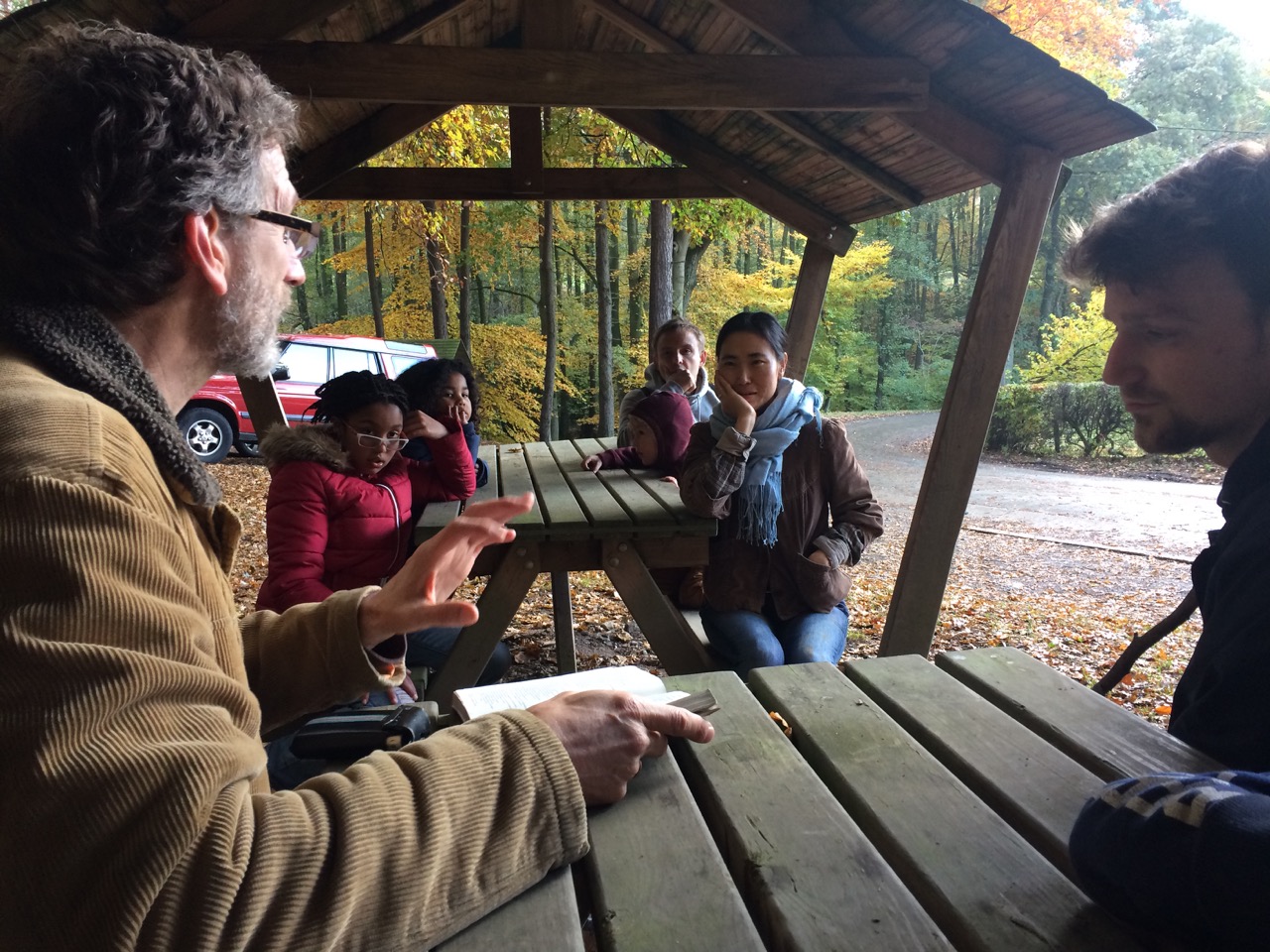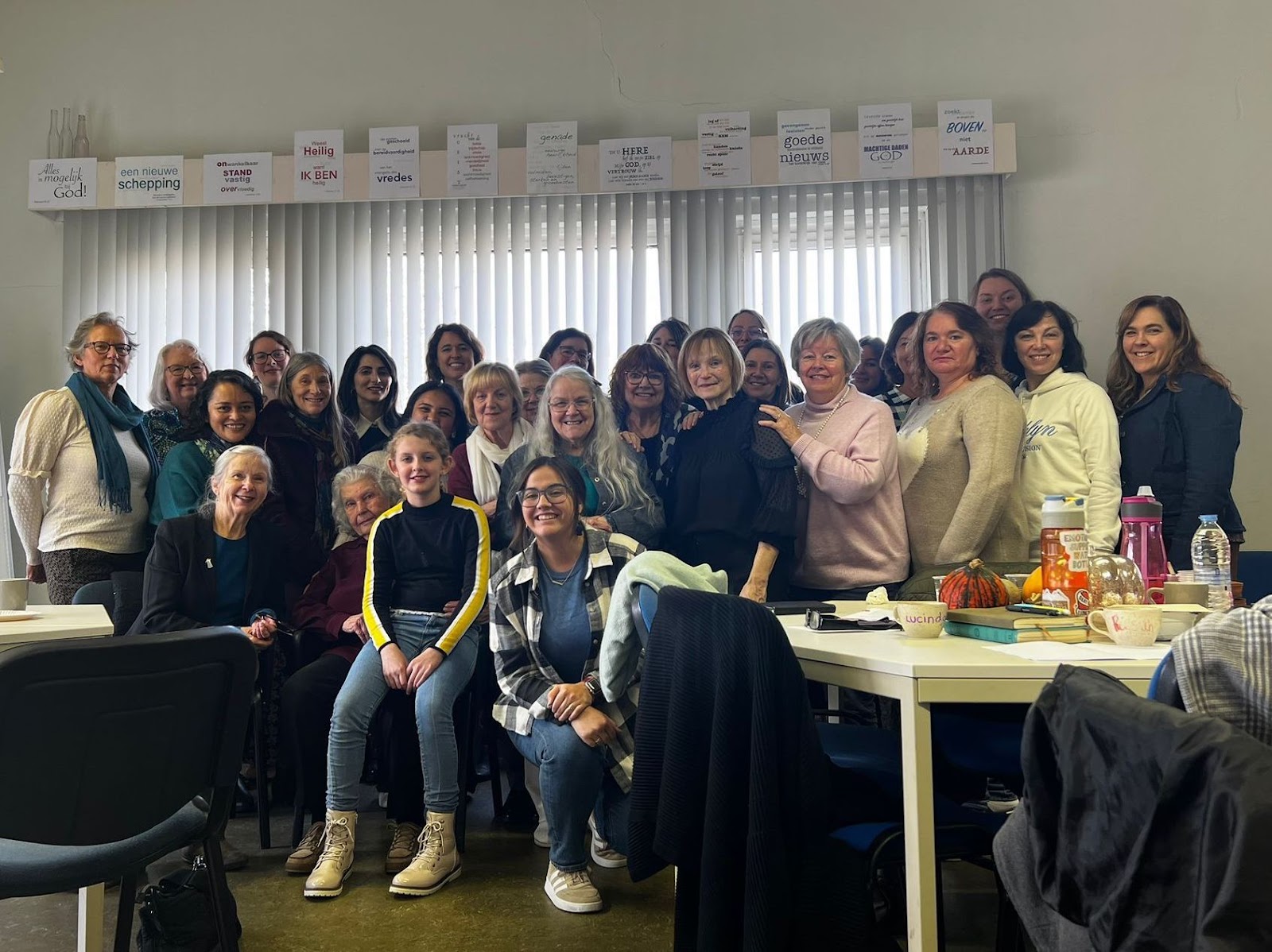One of the great things of our Bible camp (Ardennen Bijbelkamp or ABK) is that it is for and from everyone in the various churches in the Netherlands and Belgium. From the beginning this was a place to help church members grow, to grow contacts among church members, and to learn new skills - all in the wonderful beauty of the Ardennes. I know that I have learned and grown so much through the years because of the things organized at camp.
One of the things that we want to make possible is that those who want to become a camp leader have the training necessary to do that. And those who don’t know that they can become camp leaders, actually can. We have done this in the past by inviting people to be an assistant camp leader and training them “on the job”. Those who have served as counselors have also grown into camp leaders. And we continue to use this way of training, because it is very hands-on and personal.
In addition to this we have dreamed for some years of developing a training to help teach some of the things we have all learned through the years. This could be a weekend, a week or simply a day. It is always hard to find slots in schedules for people from across the country, so we settled this year, for the first time, on a day. This was a training session, as we called it: Inspiration for Aspiring leaders. We want those learning to lead to know that although it is scary to take this kind of responsibility, we are not alone. We are busy working with God and in His might. So His Spirit can lead us in these efforts. That is why I called it “Breathe”.
I planned this together with pour colleague from Ghent, Luk Brazle, and with Shirley. We had a compact group of 5 others who in some ways had already helped at camp, either as counselors, assistant leaders or teachers, but wanted to learn more about being a camp leader. Our camp weeks take on the character of the camp leader who is leading them. There are some things which are always the same (like the age group of the campers, dates and some of the themes, but there is a lot that comes down to the style of the camp leader.
The training day was a mixture of information that is necessary for a camp leader to run a week of camp as well as practical information and training on how to deal with certain situations that experience has taught us will always show up. “What is leadership?:” was the most important question and we looked at Jesus for our example and answer.
We are so thankful to be able to be part of this effort. It is so good to see how camp has touched so many lives throughout the years and that it is still a place where members can learn to lead and serve. It continues to be a wonderful place and time where campers get to know who Jesus is, what God does and is doing, and how life in God looks like and works in everyday life.
This summer Shirley and I will be working with a team leading the oldest age: Youth Camp (15-20 year-olds). We are thankful for the team we have been able to gather to help with sharing the beauty of this life in Christ.
What experiences have you had with Bible Camp? Did you go to camp when you were young. Have you helped in the past? Are you a helper still? How else are you letting God change you and grow you in His grace and love?
(In the picture - How do you work with a team to complete a task?)








